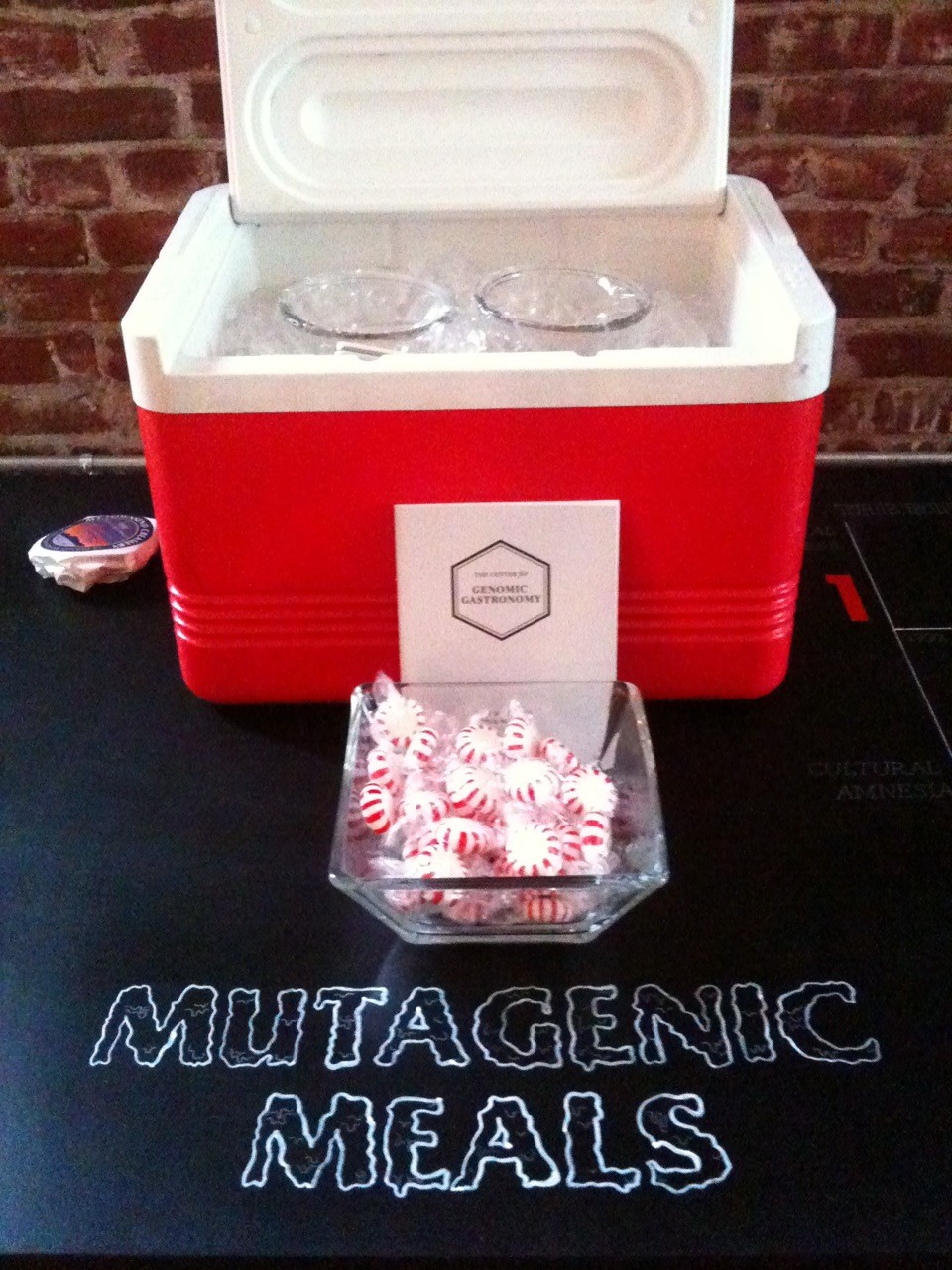OK, class, it’s time to get educated on hops, and your teacher is Jim Koch.
Koch, founder and brewer at Samuel Adams, has released a new 12-pack that will help educate everyone on the various flavors different hops can bring to a beer with the Latitude 48 Deconstructed 12-pack.
The 12-pack features the original Latitude 48, an India pale ale brewed with five hops. It also features five other versions of the Latitude 48, each one brewed with a single hop used in the original version. There are two bottles of each version in the pack.
“We’ve always tried to educate people about hops; their terroirs (the area they are grown), their differences and the roles they play in the beer,” said Koch. “This was taking the hop education to the next level.”
Koch originally got the idea a few months ago. He said he was drinking the Latitude 48 and he said he was trying to “mentally disentangle” what flavors each of the hops brought to the beer.
“I said to myself, ‘Wouldn’t that be a cool thing to do?”‘ said Koch. “I was thinking of doing it for fun. That was basically the idea. There wasn’t a lot of planning behind it.”
The Latitude 48 is a little different than a lot of American IPAs in that it uses not only American hops, but hops from both England and Germany.
The American hops used are Ahtanum, Simcoe and Zeus. The English hop is East Kent Goldings and the German hop is Hallertau Mittelfruh.
The different in hops, particularly between the American and European hops, was exactly what Koch said he wanted to demonstrate to beer drinkers.
“It was really an unique opportunity to really showcase the differences between the three terroirs,” he said.
The five single-hop beers were the same exact recipe as the original Latitude 48 except for the hops. A different amount of hops had to be used in each beer to match the original’s 65 international bittering units (a measure of how bitter a beer is).
The Hallertau Mittelfruh hop is the one Samuel Adams uses in most of its beers. It’s considered a “noble hop” and brings what Koch calls a “very elegant, soft, citrus floral” aroma and flavor to the beer.
It was Koch’s favorite of the single hops.
“To me it stood out as being very pleasant,” he said. “It had nothing that you wanted to calm down in its flavor profile. It’s almost impossible to use too much of it. It’s so smooth and complex. It doesn’t have a note that you want to remove. It’s the purest example to me of what you want hops to contribute to your beer.”
The East Kent Goldings version should be “earthy, herbal, geranium” and a little “tangy,” he said.
As for the American hops, they all had one similarity: they have what are called “catty” notes in it. I call it cat pee.
Some flavors, by themselves can be harsh, or even unpleasant, but blended together with other flavors they can work well. Such is the case with Simcoe, which is well-known to cause cat urine aroma when it’s by itself. That smell really comes through in the single-hop version of the beer.
The cattiness is dialed down in the Zeus, although it is still there. There are also flavors of grapefruit and pine in the Zeus version.
The Ahtanum was probably the best of the three American hop beers.
“It’s a little less catty and (has) a little more general citrus-type character,” Koch said.
Overall, Koch said he still prefers the original Latitude 48, because all of the hops work together to create a harmony of flavors.
But the Latitude 48 Deconstructed is still an interesting experiment, and a great way to see the different hop flavors. It is also affordable, under $20 for a 12-pack.
“It was a lot of fun to really isolate the individual contributions each hop made,” said Koch. “We wanted to make it accessible to people and we didn’t want them to say, ‘I want to try it, but I can’t afford it.’ The purpose of this was education.”









